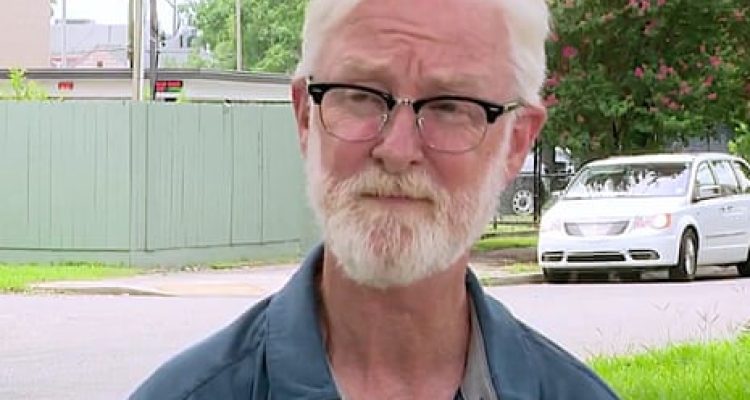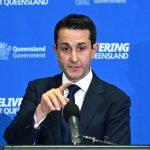Authorities in Spain, Portugal, Greece and France issue extreme heat, wildfire and health warnings
Authorities acrossEuropeare on alert as the first heatwave of the summer pushes temperatures up to 42C (107.6F), as the fastest-warming continent continues to suffer the effects of the climate emergency.
Spain’s state meteorological office, Aemet,issueda special heat warning on Friday, saying temperatures could reach 42C in some southern areas of the country over the coming days.
“Very high and persistent temperatures are expected, both during the day and at night, which could pose a risk to exposed and/or vulnerable people,” Aemet said.
Madrid’s health ministry alsowarnedpeople to take extra care in the heat, reminding them to stay out of the sun, keep hydrated and pay close attention to those who are older, pregnant or who have chronic health conditions.
Two-thirds ofPortugalwill be on high alert on Sunday for extreme heat and forest fires as temperatures of up to 42C are expected in Lisbon.
As temperatures in Marseille approach 40C, authorities in France’s second-largest city have ordered public swimming pools to be made free of charge to help residents beat the Mediterranean heat.
With peaks of 39C expected in Naples and Palermo, Sicily has ordered a ban on outdoor work in the hottest hours of the day, as has the Liguria region in northern Italy. The country’s trade unions are campaigning to extend the measure to other regions.
In Venice – which has played host to thelavish three-day wedding celebrationsof Amazon founder Jeff Bezos and his wife, Lauren Sánchez, guests, visitors and protesters are feeling the heat.
“I try not to think about it, but I drink a lot of water and never stay still, because that’s when you get sunstroke,” Sriane Mina, an Italian student, told Agence France-Presse in the city.
As temperatures inGreeceapproached 40C, a large wildfire broke out south of Athens on Thursday, leading authorities to issue evacuation orders and shut down parts of the coastal road linking the Greek capital to Sounion, location of the ancient Temple of Poseidon, a major tourist attraction.
The heatwave follows a series of broken extreme-heat records, including Europe’s hottest March ever, according to the EU’sCopernicusclimate monitor. As a result of the planet’s warming, extreme weather events, including hurricanes, droughts, floods and heatwaves, have become more frequent and intense, scientists warn.
The planet's most important stories. Get all the week's environment news – the good, the bad and the essential
Last year was the hottest in recorded history so far and led to worldwide disasters, costing more than $300bn (£219bn). A Lancet Public Health study published last year found that heat deaths in Europecould triple by the end of the century, with the numbers rising disproportionately in southern countries such as Italy, Greece and Spain.
Deaths from warm weather could kill 129,000 people a year if temperatures rise to 3C above preindustrial levels. Today, heat-related deaths in Europe stand at 44,000.
But the yearly death toll from cold and heat in Europe may rise from 407,000 people today to 450,000 in 2100, even if world leaders meet their global heating target of 1.5C, the study found.
Agence France-Presse and Associated Press contributed to this report















